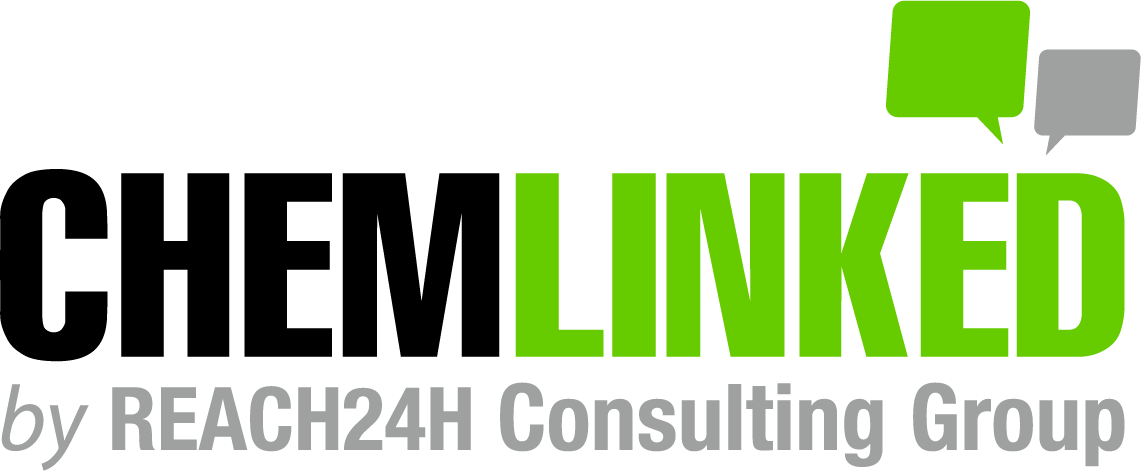China's updated Cosmetic Supervision and Administration Regulation (CSAR) in 2021 has brought significant changes in the cosmetic industry. Stricter requirements have been implemented, such as product safety assessment, efficacy evaluation, adverse reaction monitoring, and ingredient safety information submission. Additionally, new requirements for cosmetic label management, online sales, and sample retention have been introduced. It is imperative for businesses to stay informed and comply with these regulations to ensure the safety and efficacy of their products.
With two and a half years of implementation, what is the current situation of cosmetic supervision under the CSAR framework? What are the key requirements affecting businesses in the subsidiary regulations? What are the common reasons for non-compliance of enterprises? To address these questions, ChemLinked organized this webinar that provides a detailed account of the current supervision situation, the key regulatory requirements and changes under the CSAR regulatory framework, and an analysis of non-compliance cases. Join us to stay informed and compliant with the regulations to avoid penalties and ensure product safety and efficacy.
Notes:
Please feel free to send us questions before, during or after the webinar;
The presentation deck and recording video will be uploaded to this webpage after the webinar;
If you can't attend the live webinar, register anyway and we will send you the webinar materials as soon as they’re available.
Further Reading:
China Finalizes Standards for Cosmetic Efficacy Claim Evaluation
China Launches the Long-Awaited Submission Platform for Cosmetic Ingredients Safety Information
China Finalizes the Regulations for Cosmetic Adverse Reaction Monitoring
China Implements the Finalized Good Manufacturing Practices for Cosmetics
China to Implement the First Regulation on the Supervision for Cosmetic Online Operation






![[Anniversary Series 1] Changes and Trends of China Cosmetic Regulations](https://resource.chemlinked.com.cn/old/cdn/img/webinar/webinar_understand_trends_and_embrace_changes_cover2.jpg)




